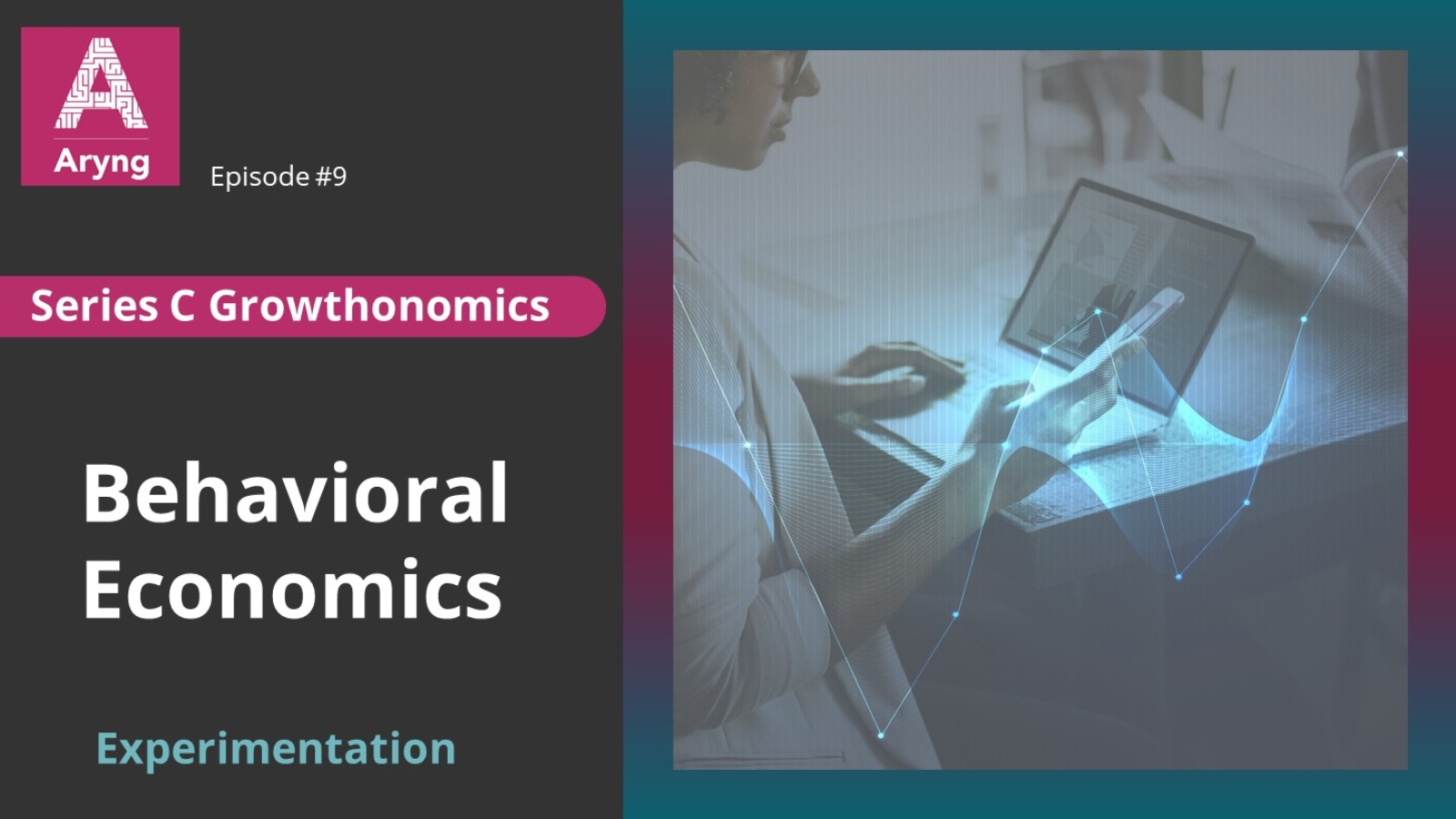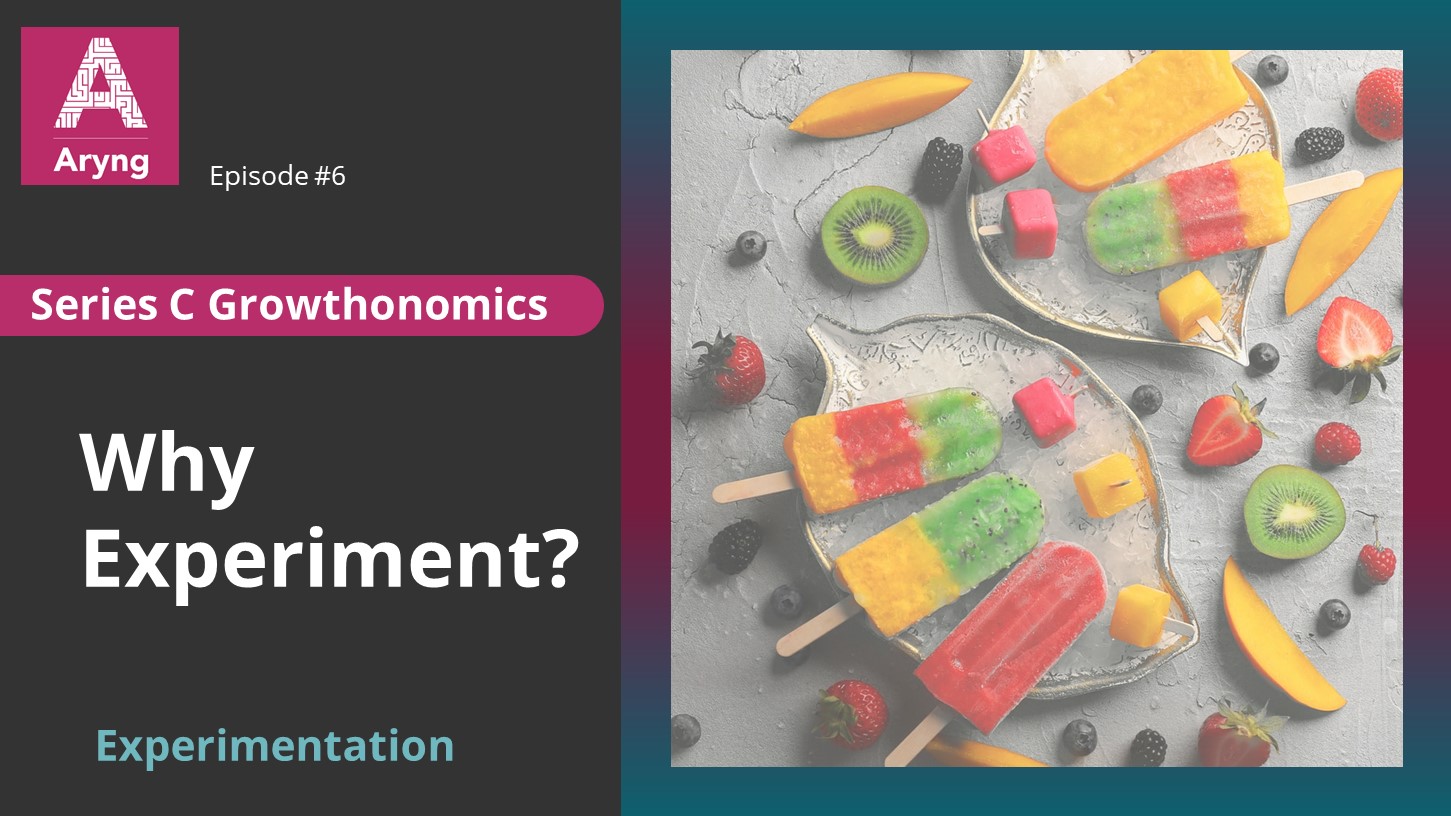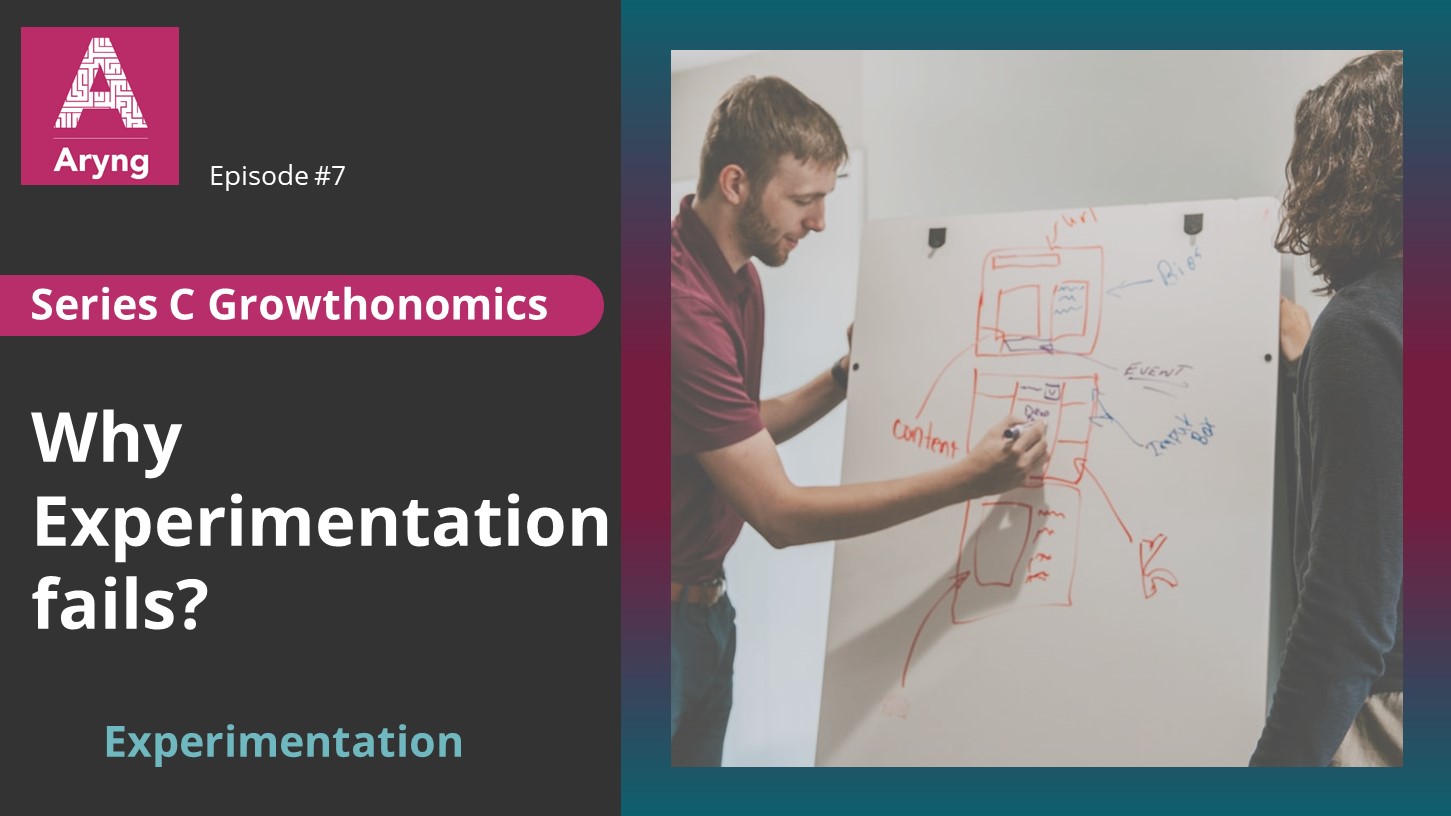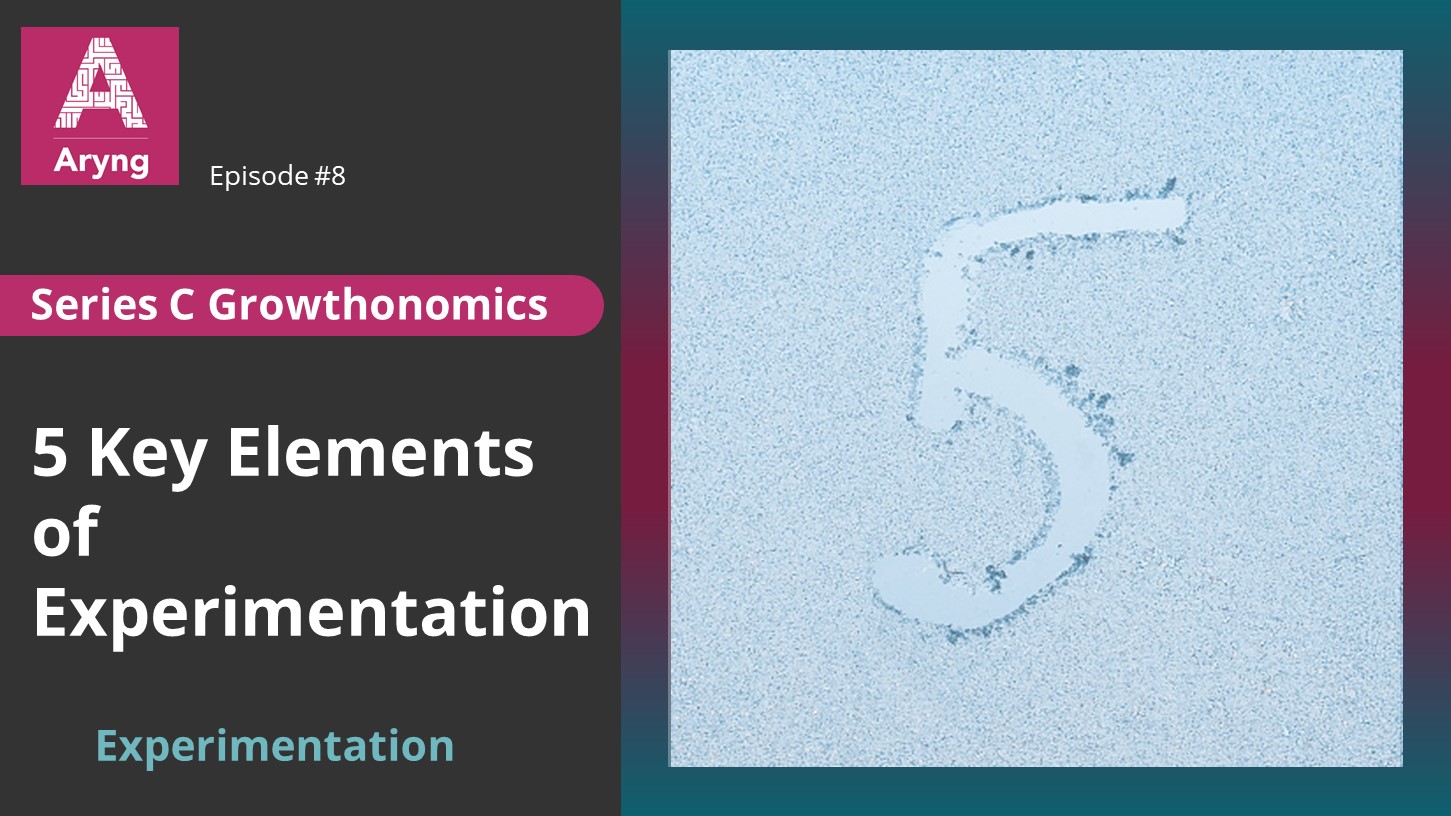One of the crucial challenges for start-up entrepreneurs in this competitive business landscape is innovation, i.e., continuously developing innovative ideas and experiments to validate these ideas.
But too many experiments fail too often because of inaccurate experiment design.
These failures could get you preoccupied with whether or not you could succeed anymore.
We know how it feels!
But do not worry! We will provide you with a strategy to put your experimentation ideas to success. In this article, we will be discussing the method of “Consumer Behavior Intelligence.”
Consumer Behavior Intelligence, more commonly known as behavioral economics, is a vast field where scientists study human behavior, especially money, and value.
Behavioral economics reveals that human decisions, especially in the context of money, can prove to be quite irrational. Hence, we can leverage behavioral economics in designing our experiments.
Some critical behavioral economics concepts can benefit you if you are a growth hacker. Especially if you want to improve your revenue, uptake, trial rates, and retention, some of these concepts can prove to be very powerful in designing your experiments.
Given that the field of behavioral economics is vast, this post will cover the three most commonly misunderstood concepts.
1. The Allure of Free
“While it seems logical that charging an insignificantly small fee for a service should not make any difference to the customer growth, we might be surprised to see how big the difference is between free and nearly free.”
Let’s study this concept with a much-talked-about case study on Hershey’s. The name of the case study is Hershey’s Kisses vs. Lindt, the gourmet chocolate.
As an experiment in the case study, experimenters priced Hershey’s for 1 cent and Lindt for 15 cents, and then they asked the consumers to choose from them. Many people chose Lindt despite being 15 cents, i.e., much higher than Hershey’s at 1 cent (which was nearly free) because Lindt was Luxury chocolate.
Then experimenters asked the same group of consumers to choose from the chocolates after bringing down the price by 1 cent each. Lindt was then available at 14 cents, and Hershey’s became free.
To the researchers’ surprise, the results completely flipped, and many people picked Hershey’s even though Hershey’s was just a bar of regular chocolate. This experiment proved a deep allure for free in humans’ minds and distinguished significantly between free and nearly free.
Here is the tip: if you are in an app business, think about free, then your freemium pricing. Know that free and almost free are not close by in a user’s mind. They are two distant options.
2. Priming
“Influencing people before sending them to choices can drastically affect their decision making.”
Let us discuss another experiment carried out at an airport to explain priming. People were standing in the airport to pick something up from the pickup point. The place offers yogurt and fruit. Usually, half of them choose yogurt, and the other half choose fruit.
To test priming, experimenters placed someone on the way to the pickup point who talked to people in the queue about an item in the pickup store.
They found that when this person spoke about yogurt, people picked more yogurt, and when they talked about fruit, they picked more. The above study is an excellent example of priming. The key is to draw the consumer’s attention to the product/service you want to sell. You are surely going to influence their decision about what they will buy.
The person talking to the people in the queue needs to avoid essentially pointing out the product. It can revolve around the product. To sell the fruit, they need not ask them to buy it; they can ask what fruit they like, which does the magic.
3. Dominated Alternative
“Giving people options to compare, especially when one of the two options provides a much greater value for money when compared to the other, can accelerate the decision-making process.”
Let’s take the example of a dating app that matches different profiles. In a hypothetical situation, the app provides some matching profiles in the free version; then, you come to a hook where you have an option for upgrading your account.
The upgrade further has a basic package and a premium option. The basic package provides users with five features for $699. The premium has the basic 5 plus 7 other unique features, priced at $999. Some users are willing to upgrade, out of which the split is skewed more toward the primary.
Can we introduce a decoy between these choices to increase the population opting for the premium package? Well, scientists have found it possible.
Suppose the app introduces another option close to the premium package called the standard package, which is slightly inferior to premium pricing. The standard has 5 plus 1 other features, priced at $899.
You will be surprised that by introducing this medium alternative, the app can influence more users towards premium packages. This shift is because the users needed help directly comparing the primary option with the premium one in the first situation.
However, here they found a comparison between the premium and standard packages. Five plus one is available for $899 instead of 5 plus 7 at $999. It’s an easy comparison as one gets many more features with a premium subscription, and the app can influence users towards premium packages.
Conclusion
Many studies in behavioral economics give a fair idea of consumer behavior in terms of money and value. Start-ups can leverage these studies to design and perform successful experiments. We discussed three simple yet compelling behavioral economics concepts, and implementing them could help you boost the success of your experiments.




